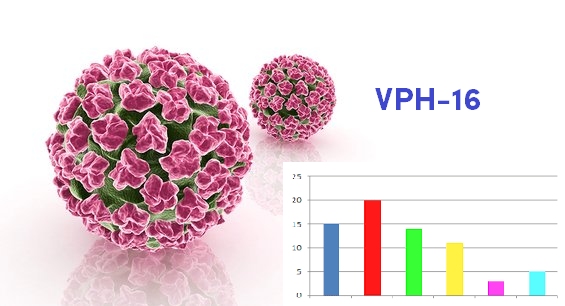Prevalence of Human Papillomavirus Genotypes in women aged 25 to 65 years.
Original Research

Additional Files
Published
How to Cite
Issue
Section
License
Copyright (c) 2020 Diana Janneth Minchalo Muñoz, Héctor Lincoln Oleas Seminario, Gabriele Davide Bigoni Ordóñez, PhD

This work is licensed under a Creative Commons Attribution-NonCommercial-ShareAlike 4.0 International License.
DOI:
https://doi.org/10.33821/471Keywords:
Human papillomavirus 16, Papillomavirus Infections, Genotype, Polymerase Chain Reaction, Uterine Cervical DysplasiaAbstract
Introduction: The infection caused by the Human Papilloma Virus (HPV) has a high prevalence in sexually active women. It is generally temporary, but when there are some related factors, they can develop cervical cancer. Since the disease develops slowly, detection in early stages has made it possible to reveal the presence of the virus in cells before they can transform and become tumorigenic. The objective of this study was to establish the prevalence of Human Papilloma Virus genotypes in women aged 25 to 65 years in a group of patients from an oncology center in Cuenca 2017-2018.
Methods: It is a descriptive, retrospective, analytical study, in which information was collected from the medical records and physical records of the Molecular Biology Laboratory and the SOLCA - Cuenca medical system, SOFTCASE, to establish the prevalence of HPV during the period 2017 - 2018. ODDS Ratio is used to demonstrate association between demographic variables and high-risk HPV versus low-risk HPV serology groups.
Results: 594 cases were included, aged between 36 and 40 years, n = 103/594 (17.3%). Marital status married n = 318/594 (53.5%). With parity equal to 2 n = 159/594 (26.8%). Positive HPV cases were 424/594 (71.38%) 95% CI (71.23% to 71.53%), high risk genotypes with 58.01%, probable low risk genotypes with 33.25% and low risk genotypes 8.72%. The prevalence of 50% of the positive population according to genotype is explained by HPV 16, 71, 58, 6 and 31. Of this group, HPV with serology 16, 58 and 31 have a high risk of malignancy. No association was reported between high-risk HPV with any of the demographic variables.
Conclusion: The age group with the highest number of positive cases belonged to women between 36 and 40 years of age, with parity equal to 2 and married marital status. The HPV-16 subtype was the most prevalent genotype in the group at high risk of malignancy. The HPV-71 subtype was the second most prevalent genotype with a profile of probable low risk of malignancy





